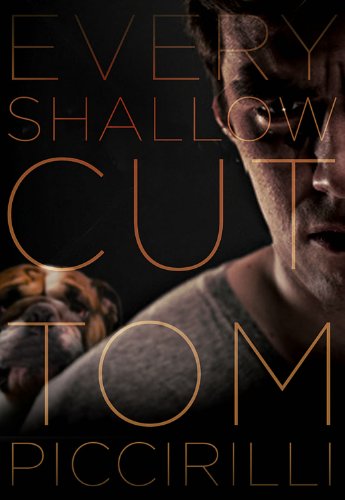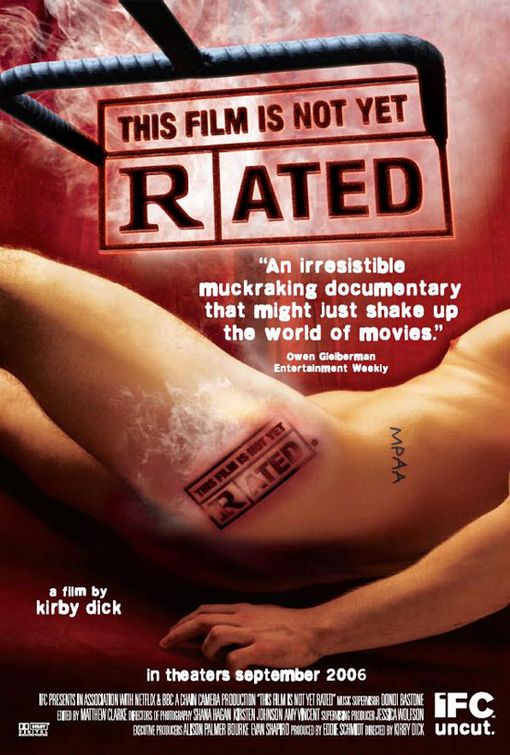 Awhile back I got an email from Steve Colca, the Manager of Internet Marketing at W. W. Norton, asking me if I'd like a copy of one of their upcoming books. As you can imagine, my answer was simple but direct: Yes! So a few days later an advanced reading copy of Microstyle by Christopher Johnson arrived in my mailbox.
Awhile back I got an email from Steve Colca, the Manager of Internet Marketing at W. W. Norton, asking me if I'd like a copy of one of their upcoming books. As you can imagine, my answer was simple but direct: Yes! So a few days later an advanced reading copy of Microstyle by Christopher Johnson arrived in my mailbox.
Now I'll be honest -- I'm mostly a fiction reader. I can put up with some nonfiction, but it's fiction that I almost always crave. Still, the idea behind Microstyle is intriguing, and I'm not just saying that because I'm the Hint Fiction guy. The truth is, microstyle is all around us, each and every day. It's so common we as a society have become pretty numb to the fact it's even there -- which makes truly effective microstyle even more impressive.
Anyway, from the book's introduction:
This is the age of the Incredible Shrinking Message. Some of the most important verbal messages we encounter are also the shortest. Headlines, titles, brand names, domain names, sound bites, slogans, taglines, catchphrases, email subject lines, text messages, elevator pitches, bullet points, tweets, and Facebook status updates are a few examples. While there are plenty of style guides to consult for writing advice, from old fogies like Strunk and White's Elements of Style to young hipsters like Constance Hale's Sin & Syntax, they don't help much with little messages like these.
Messages of just a word, a phrase, or a short sentence or two -- micromessages -- lean heavily on every word and live or die by the tiniest stylistic choices. Micromessages depend not on the elements of style but on the atoms of style. They require microstyle.
A little background on Christopher Johnson, who also goes by the moniker The Name Inspector. You see, Mr. Johnson is a independent verbal branding consultant. He has also worked for Lexicon, which is one of the top naming firms in the country. Come on, you don't think that product names like BlackBerry, Febreze, and Dasani just appear out of thin air, do you? Teams of people are assigned to different products, tasked with coming up with the perfect name. Mind you, the perfect name. It's fascinating, really, when you think about all the different products that have become synonyms with the product it's naming. Kleenex is the first to come to mind. It could be Puffs or Scotties or some other kind of facial tissue, but oftentimes if you sneeze, you might just ask for a Kleenex.
Anyway, Mad Men is mentioned briefly in the introduction, too, which is appropriate because the idea behind Microstyle is to make Don Drapers out of all of us -- of course, Don Draper also makes it look easy, which it is not.
Any writer knows the struggle with coming up with just the right words. It could be a short story or novel title -- because, let's face it, a novel title has to grab a potential reader's attention instantly -- but it also comes down to the words of the story itself.
Microstyle is broken up into four parts: Meaning, Sound, Structure, and Social Context. One of the things I found most interesting about the book was how Johnson takes ads and slogans we see every day and breaks them down and shows how and why they're effective ... and how and why some are not.
One example focuses on the idea of metonymy, which describes the real-world relations that allow for inferential and referential connections between concepts:
In 2010, I saw a billboard for 7-Eleven with the following slogan:
STUFF YOUR FACE WITH VALUE
Pictured on the billboard were two pale, unappealing lumps that I believe were microwavable burritos. That was the "value" you were supposed to stuff in your face. This ad might appeal to people who enjoy taking their meals at 7-Eleven, but it certainly doesn't appeal to me. Part of the reason stems from its peculiar use of metonymy. The word value refers to the food items that can be had at 7-Eleven. Tangible food is represented by the concept of the economic value you enjoy when you purchase it. But value, while desirable, lacks both specific sensory associations and emotional appeal.
Usually we use metonymy to make something easier to picture or to understand with our other senses. Representing the concrete in terms of the abstract works only when the abstract concept is especially interesting or emotionally powerful. A slogan like "have a bite of love" might work, because love is, metaphorically speaking, delicious. Value isn't. Taking something that really isn't delicious to begin with, and representing it with a dry, abstract concept like "value," manages to make those burritos look worse, especially since the abstract concept focuses on how little you pay for them.
Then of course there's the expression "stuff your face." It implies getting an excess of food into your stomach as quickly as possible without enjoying it. Overall, this slogan says, "Don't concern yourself with actual pleasure. Just eat some cheap crap and get it over with." Maybe this ad acknowledges the fact that people usually don't eat at 7-Eleven because they want to.
Another chapter I found quite fascinating was about making the sound fit, whereas some words have a kind of relation between sound and meaning by iconicity. Take the word whoosh for instance. It sounds just like it means. An example:
Iconicity can also be based more on the way it feels to say sounds than on what it's like to hear them. Try saying the name Mounds, for the Hershey's candy bar. You might notice that your mouth pantomimes taking a bite of something: your lips part, reach out and pull back in, and your front teeth start to come together.
There are so many other great examples to share, but you really should check out the book for yourself. It's definitely a must-read for anyone who cares anything at all for the English language. And, of course, much of the idea is the same as it is with Hint Fiction -- doing a lot with very little. I've seen countless Hint Fiction stories, and some had the potential to be great but were almost always lacking because of a misplaced word or two. That's all it takes.
Microstyle is now available in hardcover and digital from W. W. Norton.
P.S. The book got me thinking about this program my company has partnered with called CafeWell, which is "the social network to get well and stay well." Personally, I think the name is pretty bad. Because when I think of "Cafe," I think of coffee and pastries and hipsters sitting around reading pretentious poetry. So combining it with the word "Well" ... well, it just doesn't work for me.

 Every hear of auteur theory? It's a film term that basically says a director's films are so unique in the way they're shot and edited and the themes they hold that anyone viewing the film without knowing who the director is beforehand will instantly know. Or something along those lines. The directors are auteurs, the authors of the work. Of course, while there are many fine directors out there, few actually have a distinct style that stand out by themselves.
Every hear of auteur theory? It's a film term that basically says a director's films are so unique in the way they're shot and edited and the themes they hold that anyone viewing the film without knowing who the director is beforehand will instantly know. Or something along those lines. The directors are auteurs, the authors of the work. Of course, while there are many fine directors out there, few actually have a distinct style that stand out by themselves.


